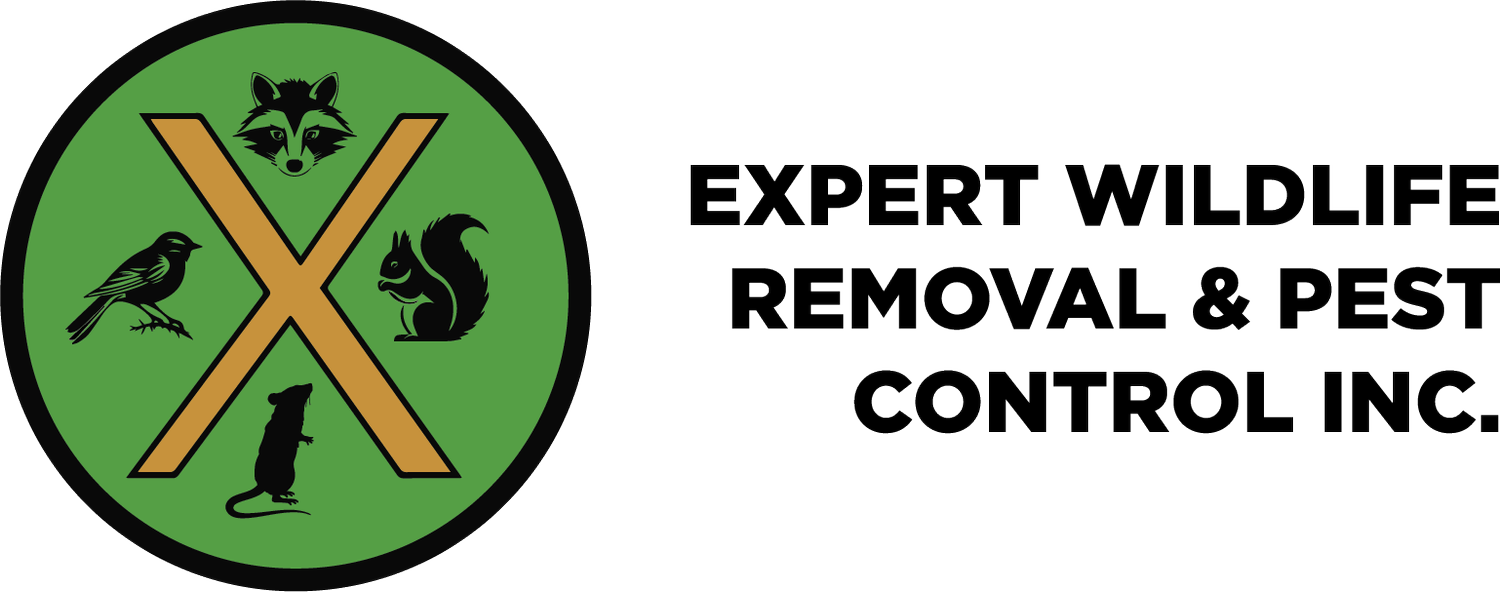Each species of wildlife or pest deserves a unique approach. Some of the most common infiltrators in Southern Ontario can often be deterred by simple proactive measures by property owners. We’ve worked countless hours to understand wildlife behaviour so you don’t have to. Whether your looking to prevent new invaders, or they’ve already snuck their way onto your property, we are here to help.

In Ontario, Squirrels typically mate twice a year, once in late winter to early spring, and again in mid-summer, aligning with the seasonal changes in the region. From February to April and then again from June to August, squirrels may exhibit increased activity and aggressiveness as they search for mates and establish territories. To prevent squirrels from nesting in your home, it's crucial to seal all potential entry points, including gaps in the roof, attic vents, and chimneys, using durable materials suitable for the harsh Canadian climate. Employing deterrents such as motion-activated lights, sprinklers, or ultrasonic devices can help discourage squirrels from nesting in attics or other areas of homes. Regularly inspecting and maintaining your property for signs of squirrel activity, such as chew marks, droppings, or nests, is essential for early detection and effective prevention measures in Ontario's diverse ecosystems.

Raccoons can cause significant damage and pose health risks if they invade your property, making raccoon prevention essential. Start by securing garbage cans with tight-fitting lids and bringing pet food indoors to eliminate easy food sources. Seal any openings around your home, including chimneys, vents, and attic spaces, to prevent raccoons from finding shelter. Installing motion-activated lights and sprinklers can deter raccoons from entering your yard. Regularly inspect your property for signs of raccoon activity and address any issues promptly. Professional wildlife prevention services can provide tailored strategies. By implementing these preventive measures, you can protect your home and family from the problems associated with raccoon infestations.
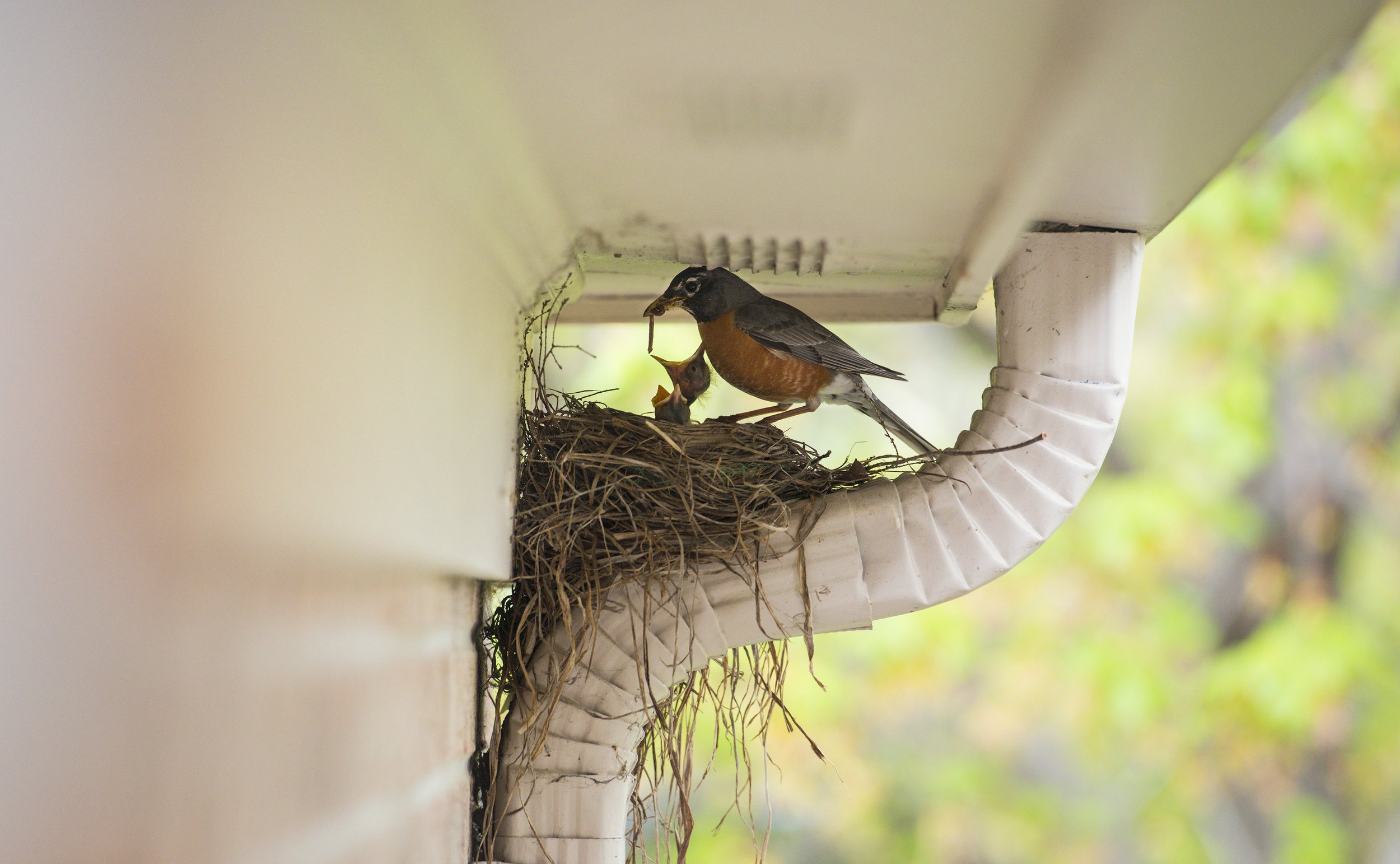
Birds will inhabit urban, suburban, and rural areas, with some species nesting in or in residential properties. Bird nesting season typically occurs from spring to early summer in Ontario, during which birds seek out suitable locations to build nests and raise their young. To prevent birds from nesting in undesirable locations around homes, such as eaves, vents, or chimneys, installing bird deterrents like bird spikes, netting, or visual deterrents can be effective. It's important to avoid disturbing active bird nests, as many bird species are protected by law in Canada, and interfering with their nests or eggs can result in fines or penalties. Regularly inspecting your property for signs of bird activity and promptly addressing potential nesting sites can help mitigate conflicts and encourage birds to nest in more suitable locations in Ontario's diverse landscape.
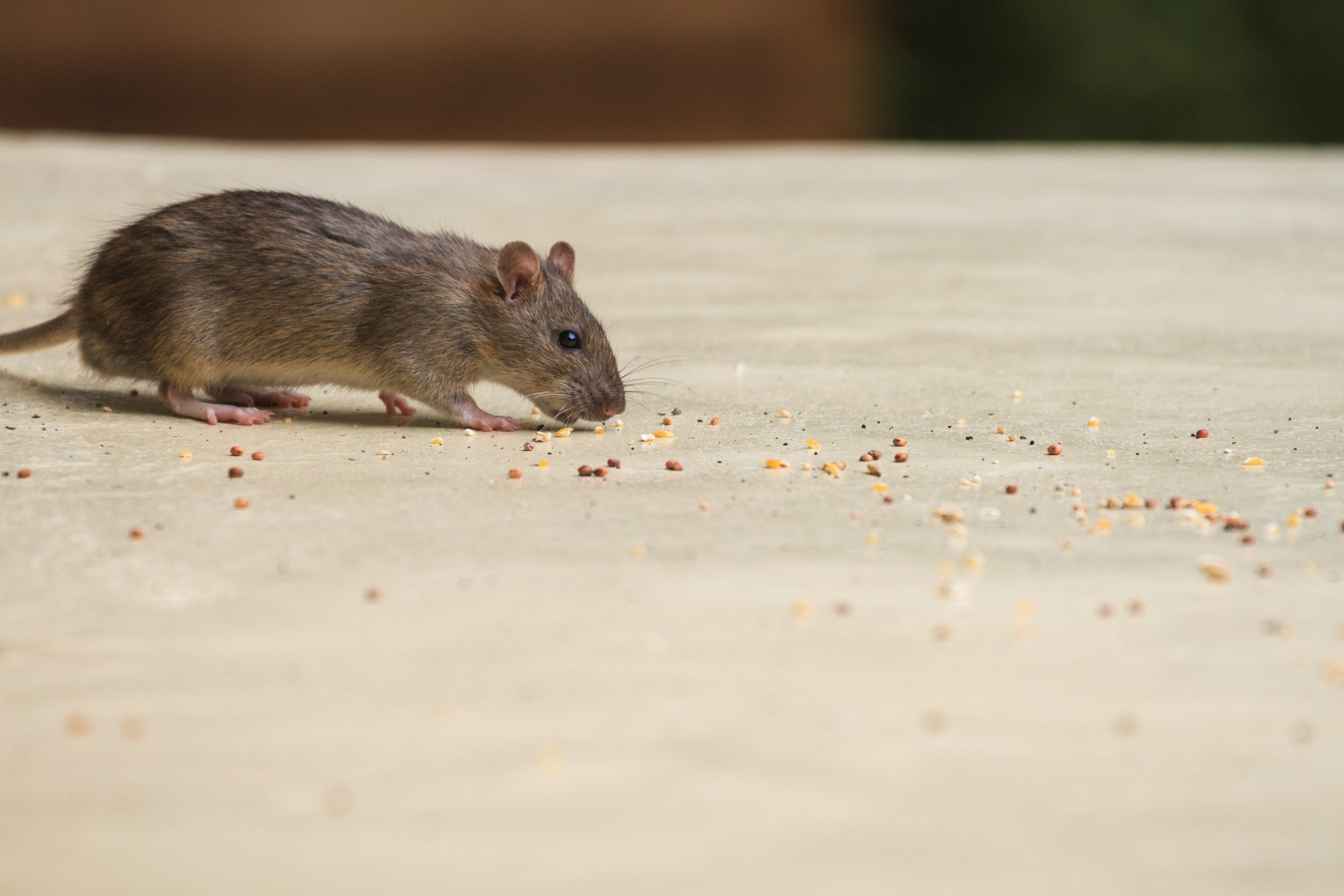
Mice and other small rodents can quickly become a nuisance in homes and businesses, making mouse prevention a crucial aspect of maintaining a safe and hygienic environment. Effective mouse prevention starts with identifying and sealing entry points, such as gaps around doors, windows, and foundations, to block access. Regularly inspecting and maintaining the property, including trimming vegetation and removing debris, reduces potential nesting sites. Using traps and natural repellents can help manage any existing mouse population. Additionally, we offer professional wildlife prevention services that provide comprehensive, property specific solutions. These strategies can protect your property from the health risks and damage associated with mouse infestations.
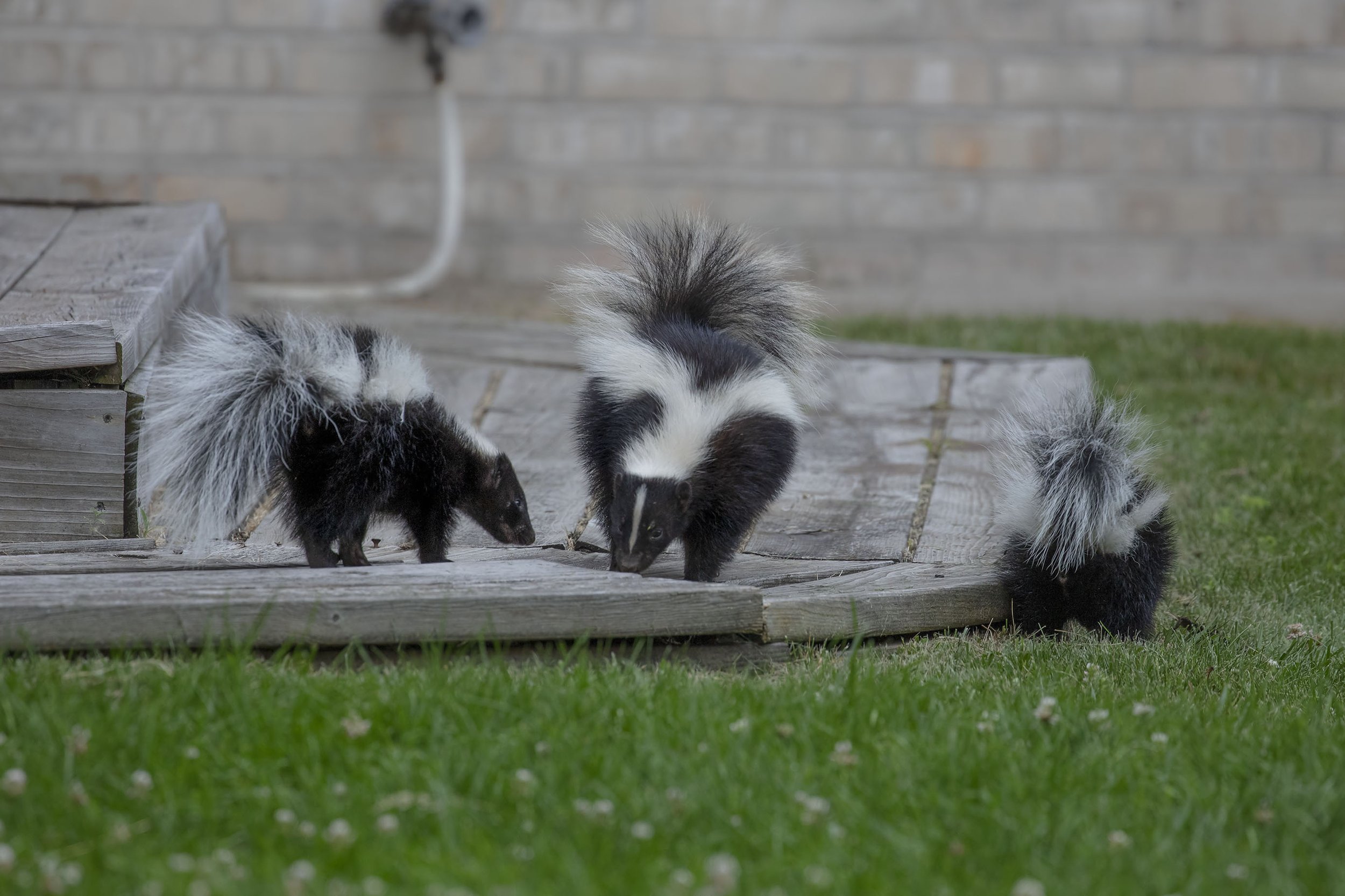
Skunks typically nest in burrows or dens, often under decks, sheds, or other structures. Skunks are primarily nocturnal animals, so they may go unnoticed until they establish nests near human dwellings, especially during the breeding season from February to March. To prevent skunks from nesting on your property, ensure all potential entry points to crawl spaces or beneath structures are sealed securely with durable materials like metal flashing or wire mesh. Regularly remove potential food sources such as pet food, fallen fruits, and garbage to discourage skunks from foraging near your home. If you suspect skunks have nested on your property, give us a call for safe and humane removal, and prevention.

Bats can be beneficial for the ecosystem but problematic when they roost in homes or buildings, making bat prevention important. To keep bats out, seal entry points such as gaps in roofs, vents, and eaves with appropriate materials like mesh or caulk. Installing bat houses away from your property can provide alternative roosting sites and encourage bats to stay away from your home. Ensuring that attics and other potential roosting areas are well-lit can also discourage bats from settling there. Regular maintenance and inspections of your property are crucial to identifying and addressing potential bat entry points early. When in doubt, professional wildlife prevention services can offer expert advice and solutions, including safe and humane bat removal if necessary. Implementing these preventive measures can help maintain a bat-free home while still appreciating their ecological benefits from a distance.
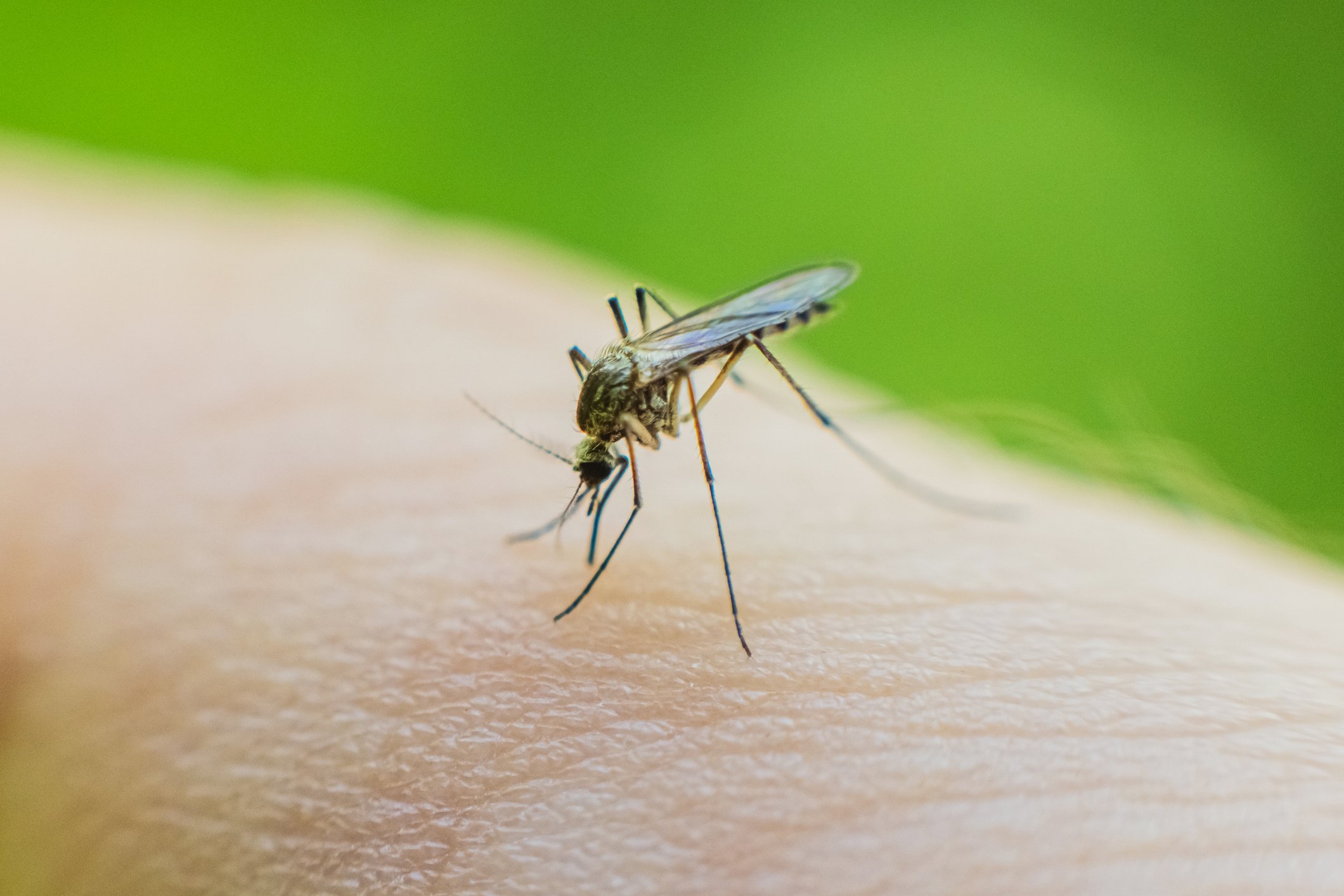
Effective mosquito prevention on your property involves a combination of eliminating breeding sites and using targeted pesticides. Begin by removing standing water where mosquitoes lay their eggs, such as in bird baths, gutters, and plant saucers. Regularly clean and empty these water-holding containers. Maintain your yard by trimming overgrown vegetation and tall grass where adult mosquitoes rest. Professionals can apply larvicides to standing water can help control mosquito populations at the larval stage. Professionals may also use insecticidal sprays or foggers around your yard's perimeter and shady areas to target adult mosquitoes. Opt for EPA-approved mosquito control products to ensure safety for humans and pets. Finally, install screens on windows and doors to prevent mosquitoes from entering your home.
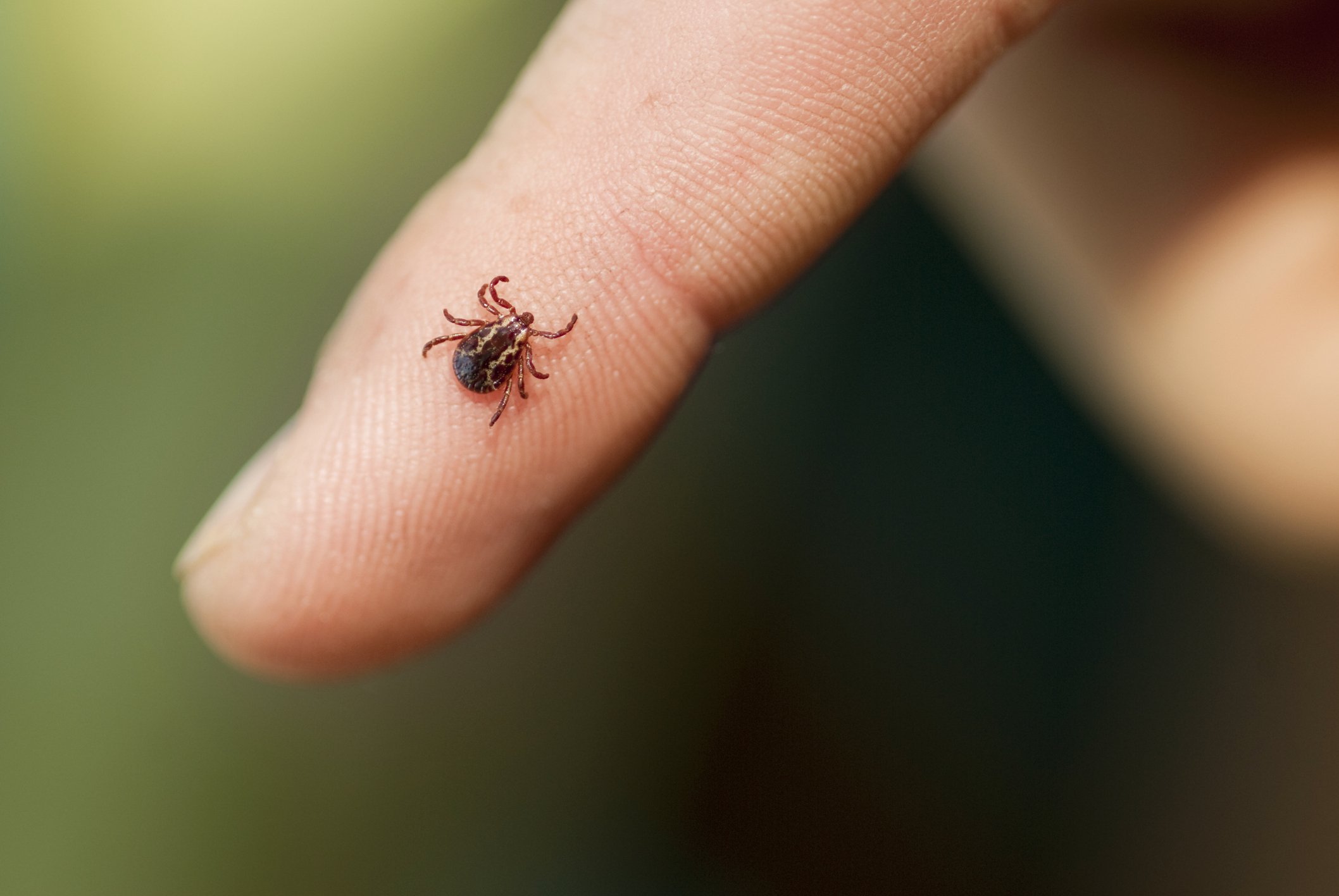
Preventing ticks on your property requires a combination of landscaping practices and strategic pesticide use. Start by keeping your grass short and clearing away leaf litter and tall weeds where ticks thrive. Create a barrier of wood chips or gravel between your lawn and wooded areas to restrict tick movement. Have a professional treat your yard with tick-control pesticides, focusing on the perimeter, shady spots, and areas frequented by pets and people. Opt for environmentally friendly or organic pesticides to minimize harm to beneficial insects and wildlife. Additionally, discourage wildlife that carry ticks, such as deer and rodents, by using fencing or repellents. Regularly check pets for ticks and use tick-preventive treatments recommended by your veterinarian.
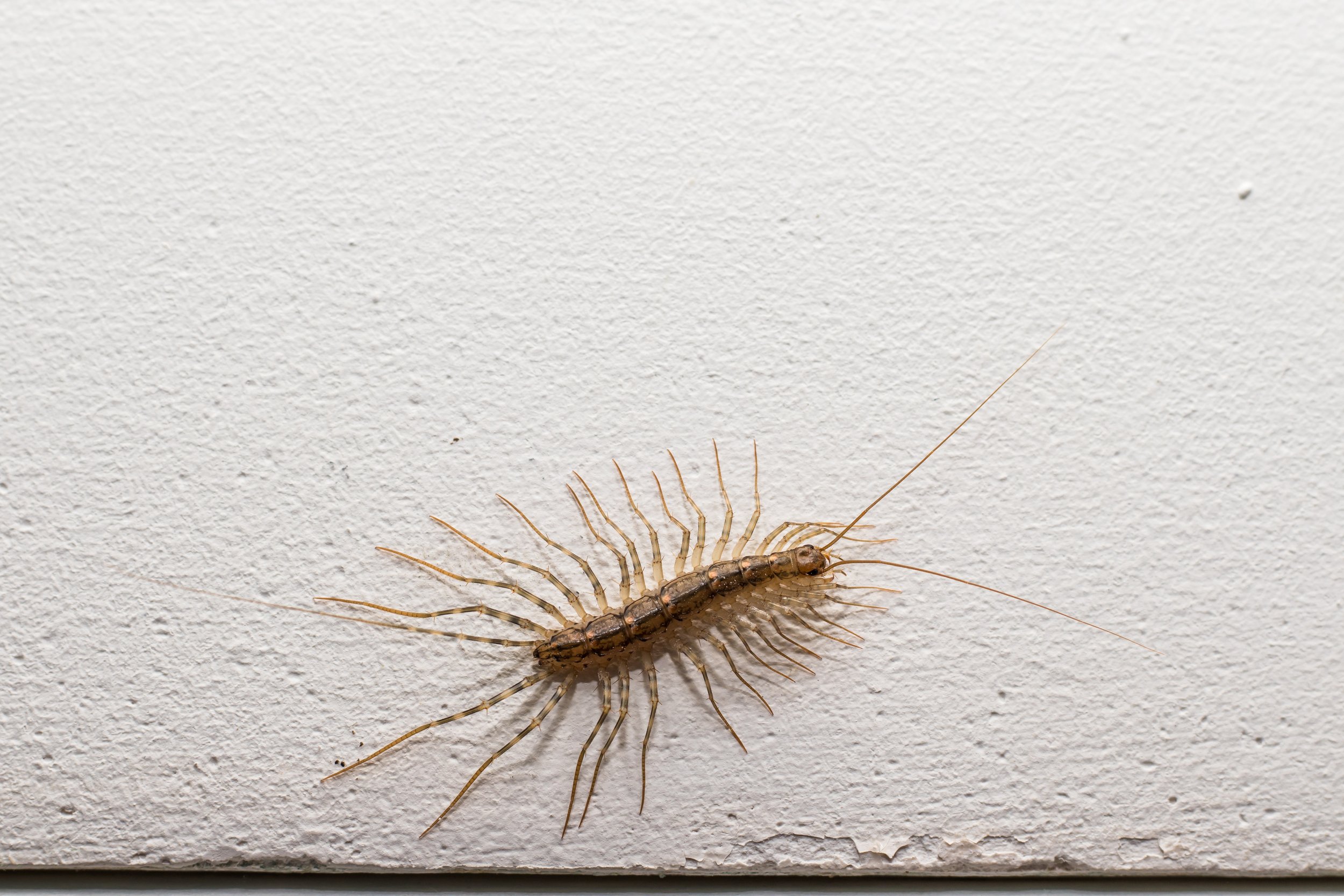
House centipedes are fast-moving insects often found in damp, dark areas of homes, such as basements, bathrooms, and under sinks. Their long, slender bodies and numerous legs help them move swiftly and catch other small pests like spiders and cockroaches. While they are harmless to humans and can actually be beneficial by controlling other pests, their presence can be unsettling. To prevent house centipedes, reduce moisture by fixing leaks and improving ventilation in damp areas, seal cracks around windows and doors, and declutter spaces where they might hide. For more persistent infestations, using pesticides can be effective. Opt for targeted insecticides labeled for centipedes and apply them carefully according to the manufacturer's instructions, or have it professionally administered. However, be mindful of potential impacts on indoor air quality and use non-chemical methods whenever possible.
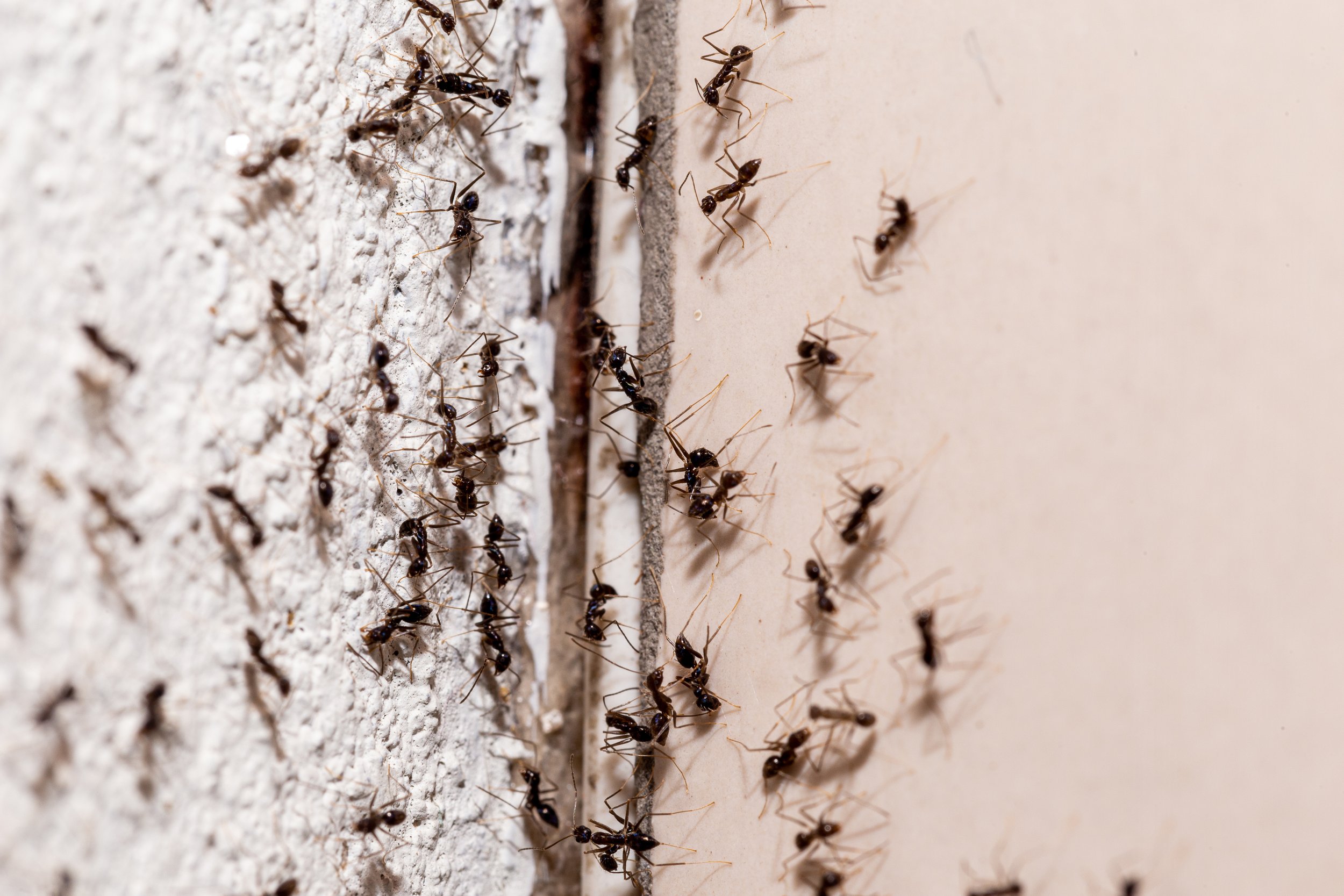
Ontario is home to many species of ants. To prevent infestations, keep your kitchen clean, store food in sealed containers, and address spills promptly. Seal cracks and gaps around entry points and manage moisture, especially in damp areas. For persistent problems, use ant baits targeted for specific species, as these attract ants to carry poison back to their nests. If using pesticides, choose products labeled for ants and follow instructions carefully to ensure safety and effectiveness. Call a professional if you need assistance in pesticide administration and targeted future prevention.
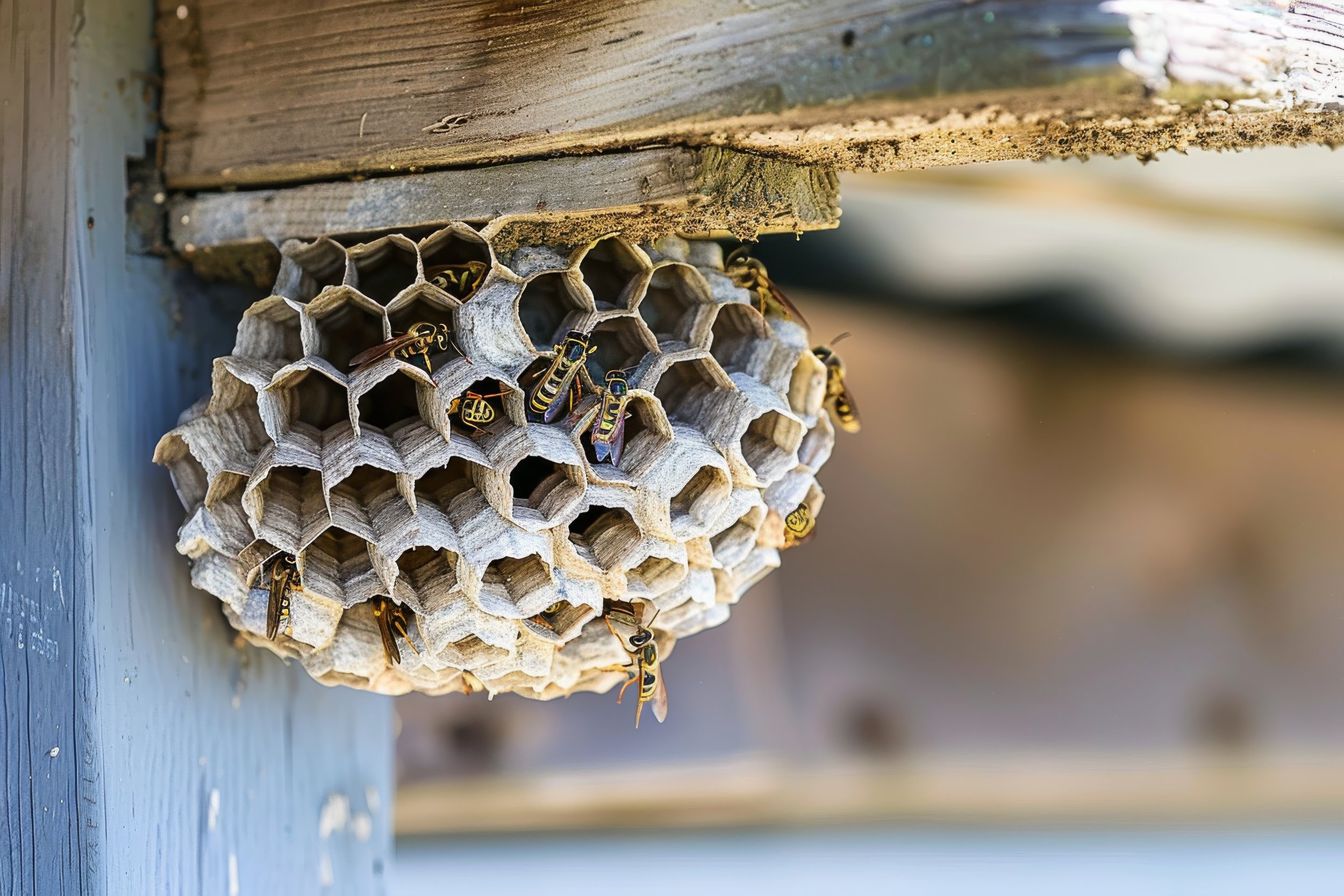
In Ontario, wasps and hornets are common during late summer and fall. Wasps are aggressive and often build nests in eaves or under decks, while hornets, which are larger, may create more visible nests in trees or on buildings. To prevent attracting these insects, avoid leaving food and sugary drinks outdoors, and cover garbage bins securely. If you find a nest, it’s best to contact a professional for removal, especially if it’s in a high-traffic area or difficult to access. For minor issues, insecticidal sprays specifically designed for wasps and hornets can be effective; apply them carefully according to the manufacturer’s instructions. Always exercise caution and consider professional help to avoid stings and potential allergic reactions. Also, please be sure to contact a professional if you are unsure of the species that you are dealing with. Pollinators such as honey bees or bumble bees should be handled with care.

Earwigs are small, nocturnal insects often found in damp, dark areas like basements and gardens. They are known for their pincers and typically feed on decaying plant material. To prevent earwig infestations, reduce moisture by fixing leaks and improving ventilation, and remove organic debris near your home. Seal cracks and gaps around windows, doors, and foundations to block their entry. If you encounter an infestation, use insecticidal sprays labeled for earwigs, following the instructions carefully. Additionally, maintaining a clean environment and using natural deterrents, such as diatomaceous earth, can help manage and prevent earwig problems. When in doubt, contact a professional to help with your earwig infestation.
